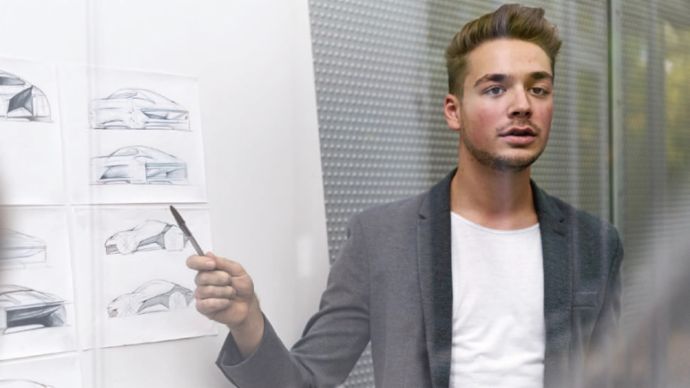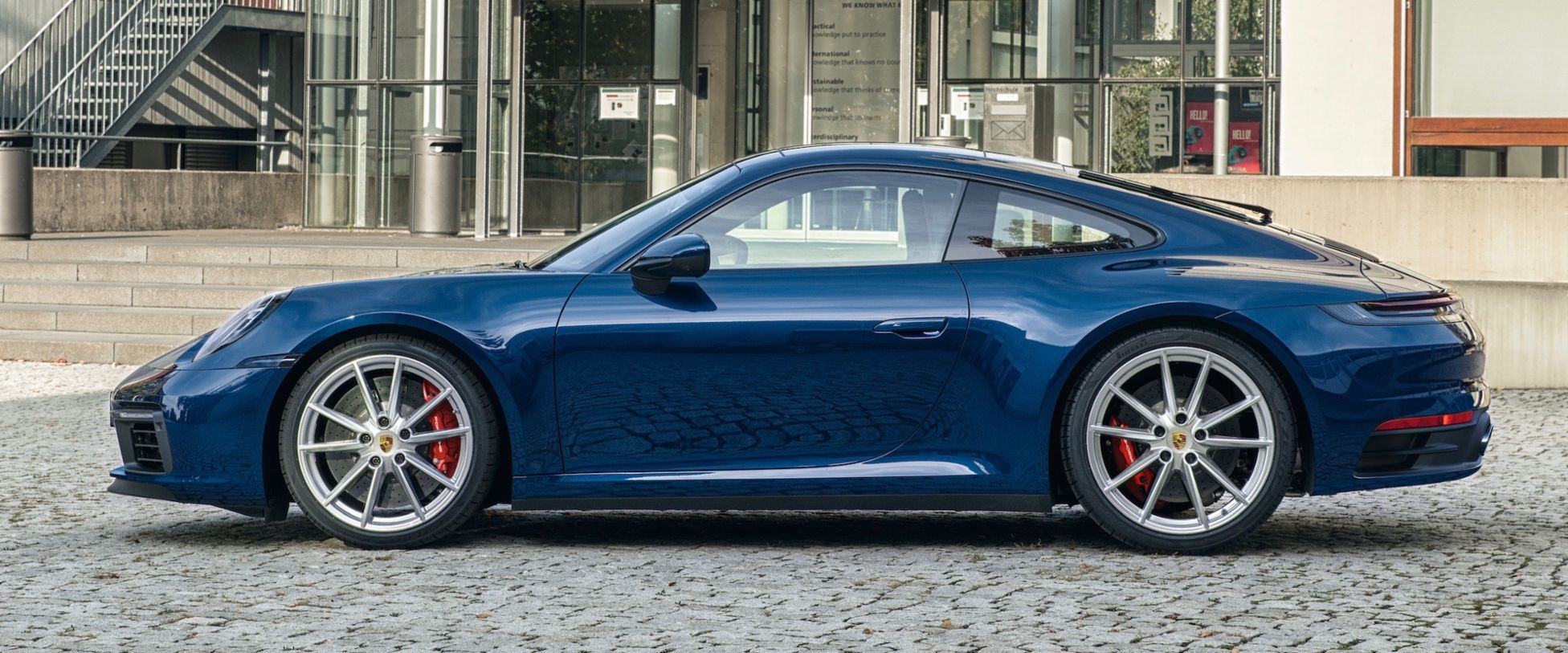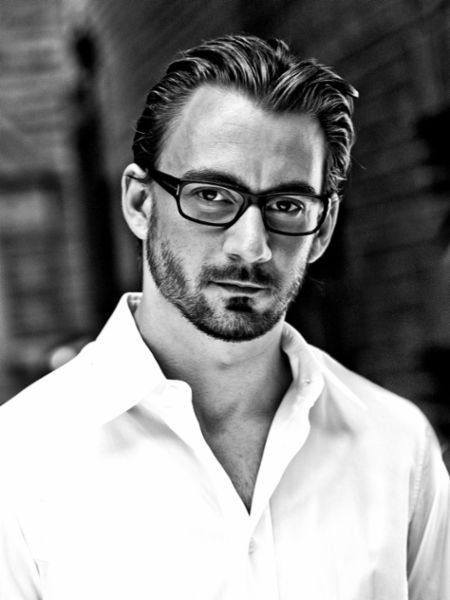Views of the Future
Students in the Transportation Design department at Pforzheim University are learning the skills of their chosen profession. Following in the footsteps of alumnus Michael Mauer, who is head of design for the Volkswagen Group, the second-semester students developed their first automotive designs for a future 911. We compare perspectives.
km 038–060
3. Weissach
4. Pforzheim
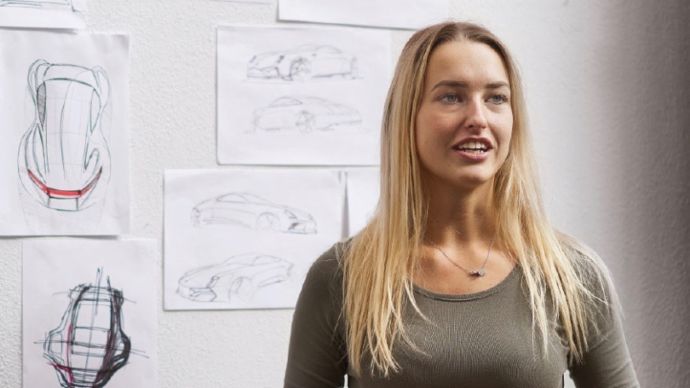
Melina Mühl:
“It all happened intuitively, extremely so. I didn’t want to maintain restraint, but rather be bold.”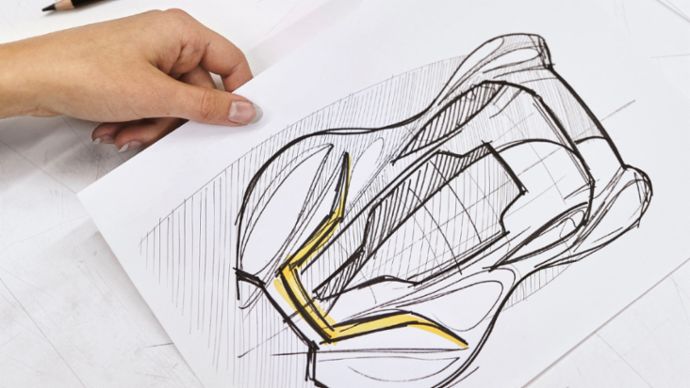
“My design for a new 911 emphasizes its curves. A drop-like shape was important to me, and the complete absence of any disruptive edges.”
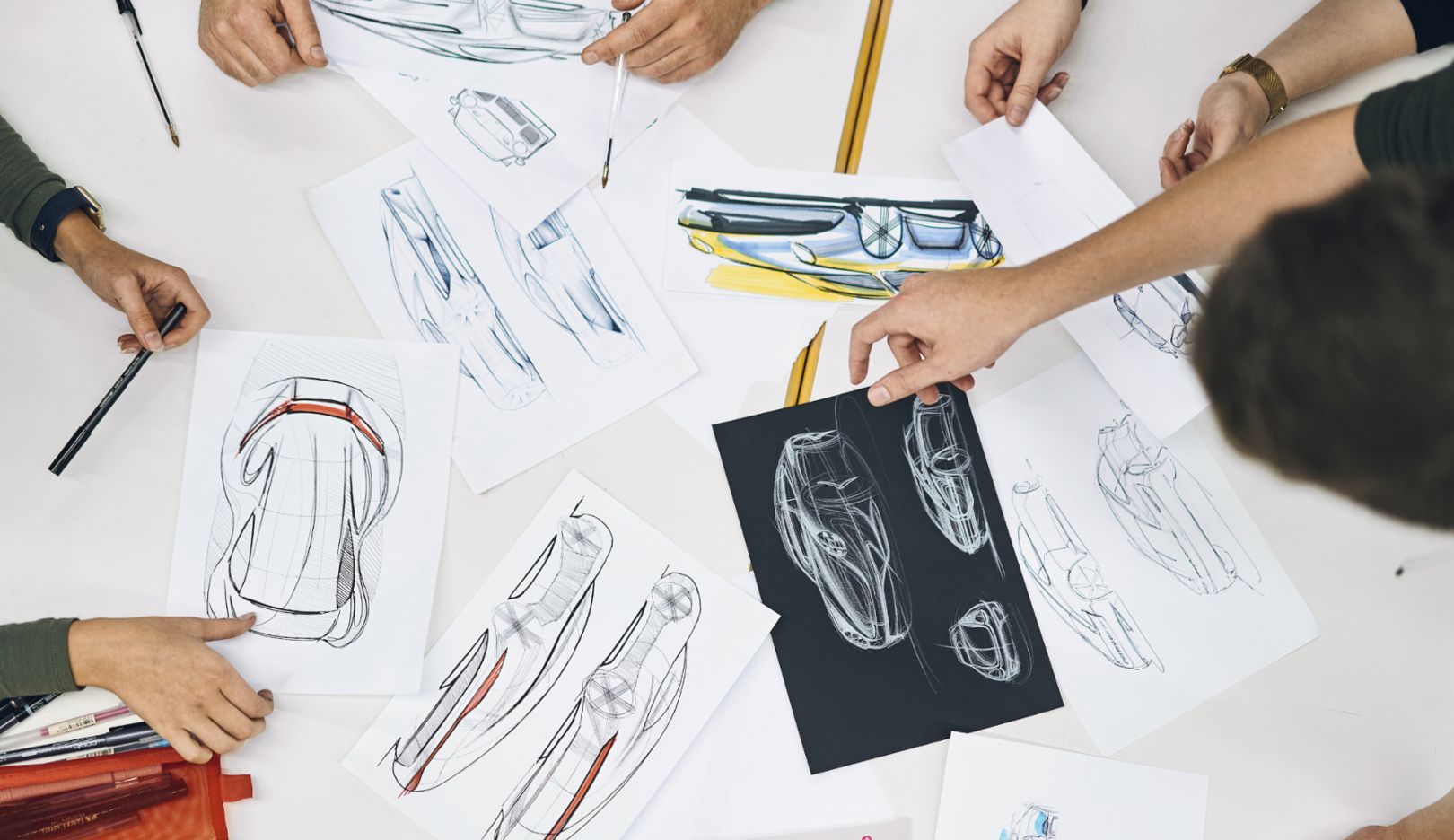
Free spirits:
Creativity, courage, and individual exploration were the main focus of the one-week project. Therein lies the charm, according to instructor Gernot Bracht. “Diving into something without preconceptions, without being part of an established system—that’s the appeal. To really delve into the matter, to find very different ways of addressing it. Everything starts with a pencil and a piece of paper—and then by pure chance you might end up telling a story.”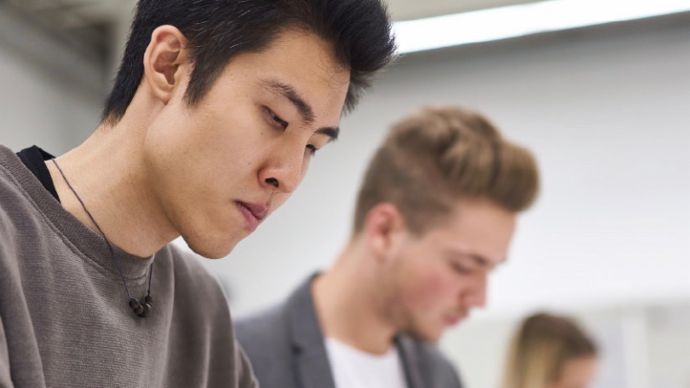
Bo Zhang:
“Cars these days are often excessively complicated and laden with detail. The 911 is an exception. It’ll always take a classic approach. So if I were to do a redesign, I’d keep the main lines. I wouldn’t want to change much. Instead, I’ve tried to elicit even more power. My main aim was to maintain the highlights of the 911.”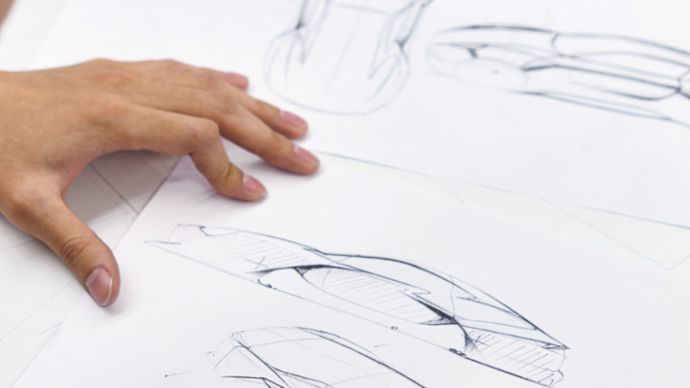
“Restraint is a crucial point: the 911’s lines are very precise, very aesthetic—and streamlined at the same time.”
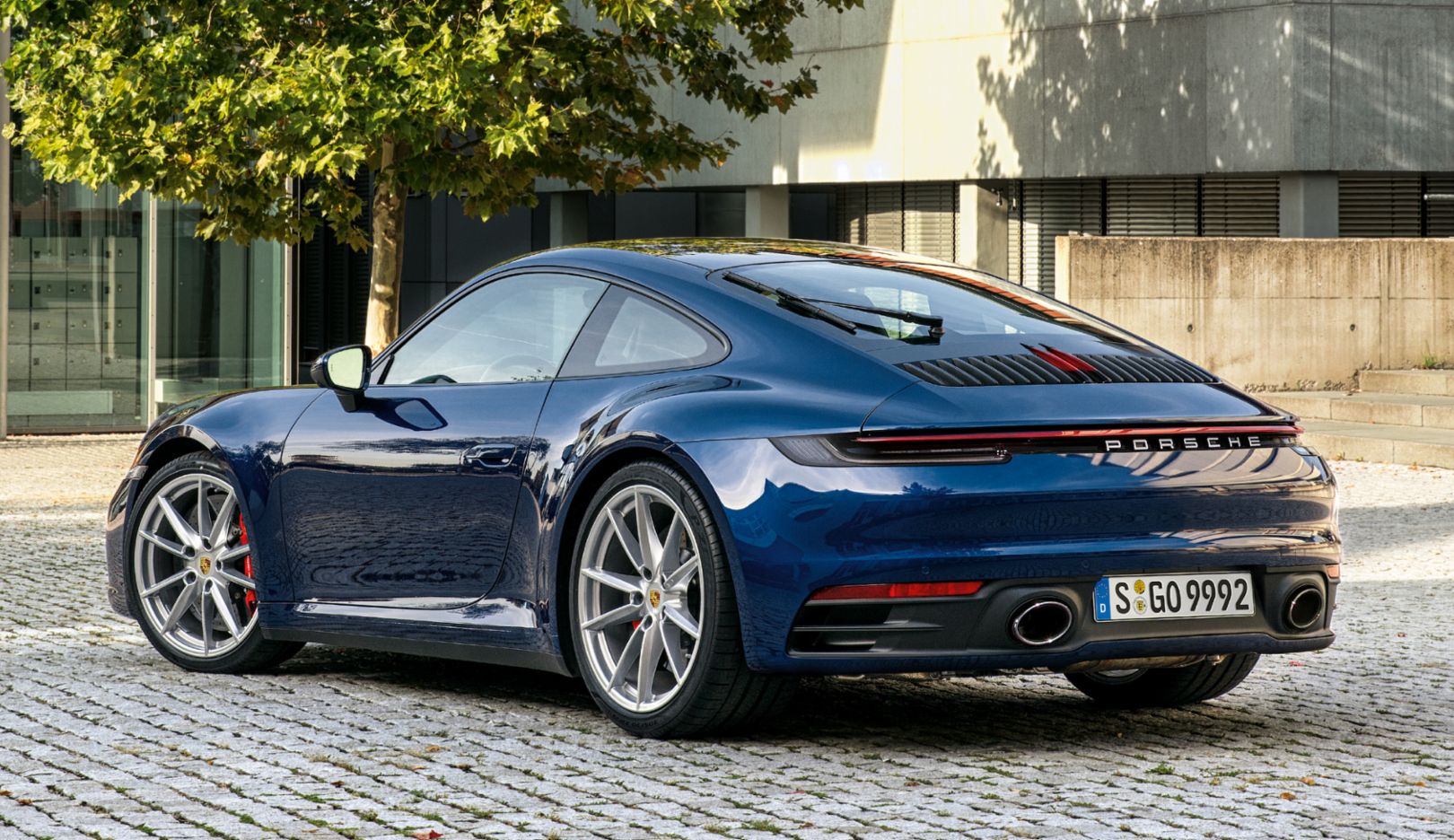
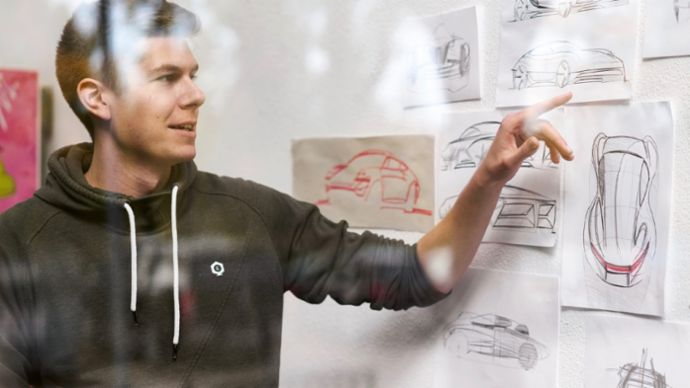
David Kose:
“There’s an extreme downward slope at the rear of my design. The main idea behind it is that taillights will no longer be needed in the future, because communication in semiautonomous traffic won’t take place using lights. I also wanted to base my design on the 919: vertical headlights signal a strong departure from tradition.”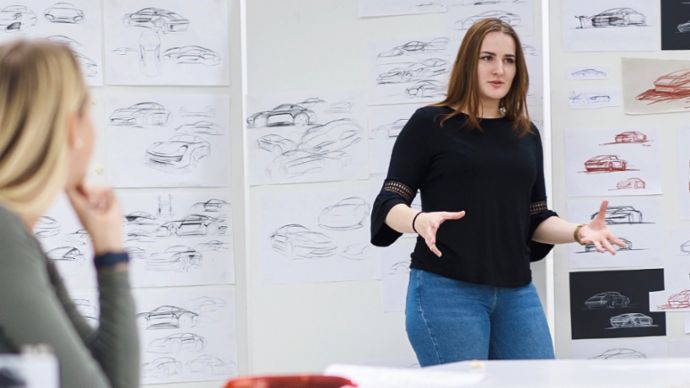
Larissa Imhof:
“The rear of the 911 is of paramount importance to me, because that’s where the engine is located. So this area radiates power and is where the design music is played.”“The 911 is a projection screen for many things: hopes, dreams, desires.”
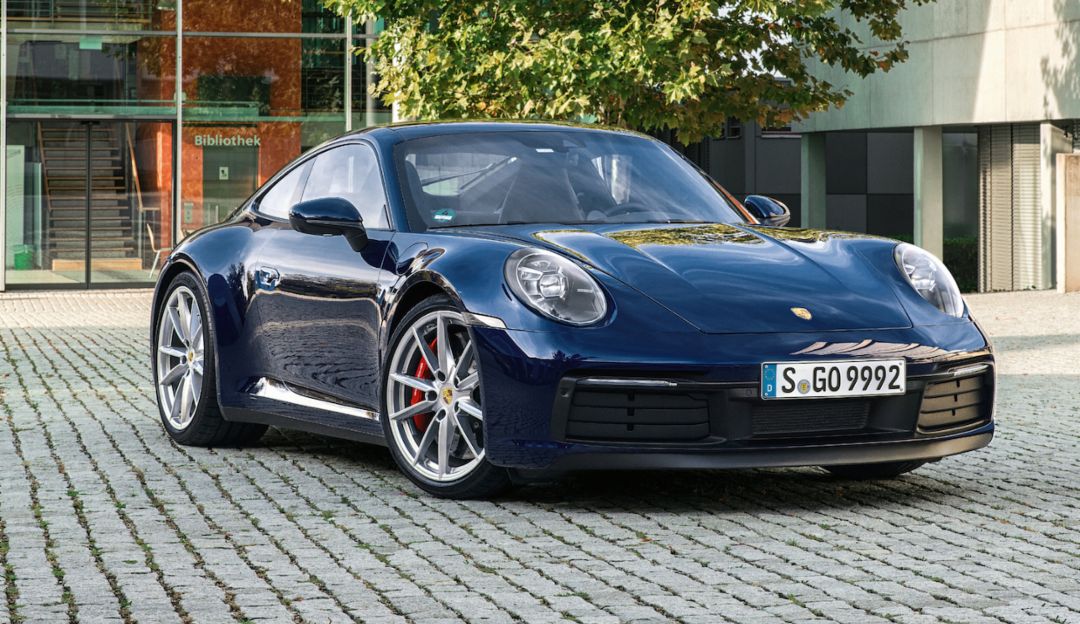
“I wanted to explore something new and quickly hit upon an idea: to cultivate the curves of the 911, to pursue them further—in simple yet luxurious form.”
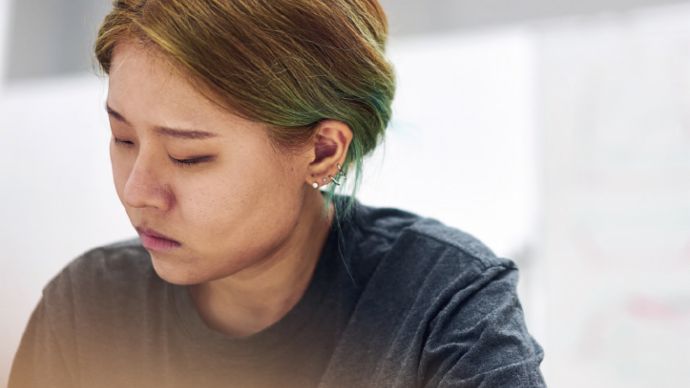
Kyungwon Kim:
“A spoiler element was added as an integral part of the conically tapering rear. Plus higher fenders, because driver assistance systems could soon make perfect all-around visibility superfluous.”